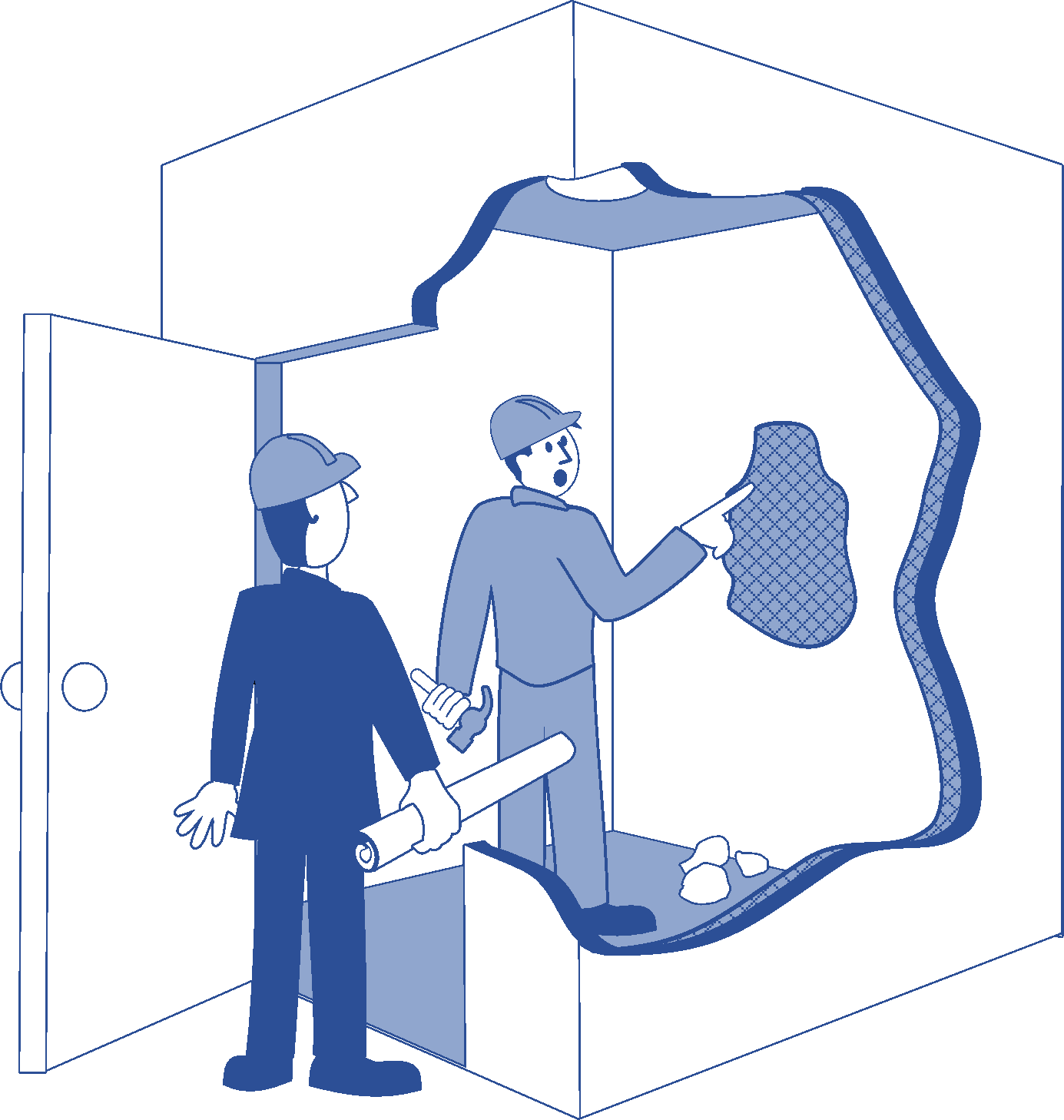Non-Licensed Asbestos Training (Category B)
Non-licensed asbestos training (or Cat B Asbestos Training) provides more comprehensive information on asbestos than Category A.
This level of asbestos training is for employees who come in direct contact with asbestos. Employees that carry out non-licensed work must follow specific safety procedures. Cat B training explains the safety measures and will help minimise the asbestos exposure risk.
Cat B training focuses on jobs that involve direct contact or potential disturbance of asbestos. It also encompasses professions mentioned in the previous section. For instance, maintenance work might include regular painting of asbestos insulation boards. Providing the boards are in good condition, Cat B training would be adequate for this job.
The Category B training should cover information on the following:
- Safety and control measures
- Risk assessments
- Personal protective equipment and waste management
- Emergency procedures
- Notifiable non-licensed work
Notifiable non-licensed work
Duty holders must report notifiable non-licensed work to a local building control body. Workers involved in non-licensed work must complete category B training. Cat B training includes additional information on the risks associated with notifiable work.
An employer must decide whether work is ‘notifiable’ by conducting a thorough risk assessment. The assessment should note all relevant materials and their condition. To learn more about carrying out a risk assessment, read How to do a Risk Assessment, which includes a free downloadable risk assessment template.
Consider our online risk assessment training course if you are looking for appropriate training.
Licensed Asbestos Work (Category C)
Cat C asbestos training is the highest level of training. It guides high-risk work with ACMs that a licensed contractor must carry out. It is an offence to undertake licensable tasks without a granted license. According to the Health and Safety Executive (HSE), high-risk work must fulfil one of the following criteria:
- Asbestos exposure is frequent and of high intensity.
- A risk assessment cannot establish a control limit for asbestos exposure.
- It involves long-duration work on asbestos coating, insulation, or insulating board.
Examples of licensable work include:
- removing sprayed coatings
- loose-fill insulation
- asbestos millboard work
This training covers the same information as in Category B but more in-depth. It also includes advice on on-site inspections, safe removal techniques, and decontamination. In addition to theoretical training, employees must pass a practical knowledge test.
Read our 10 FAQ Asbestos Training answers for information. You will learn how often you should do asbestos training and how long a training certificate lasts.









